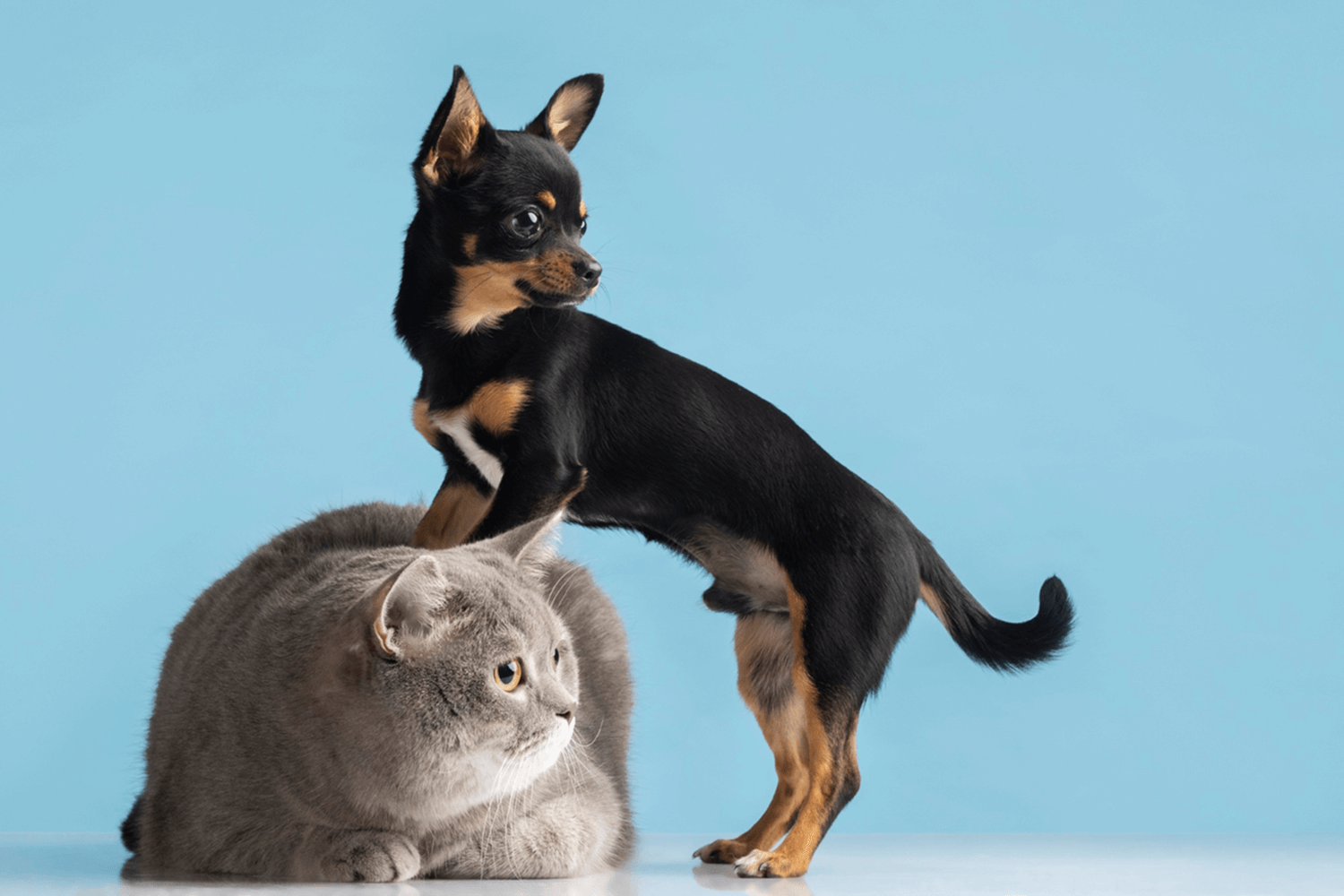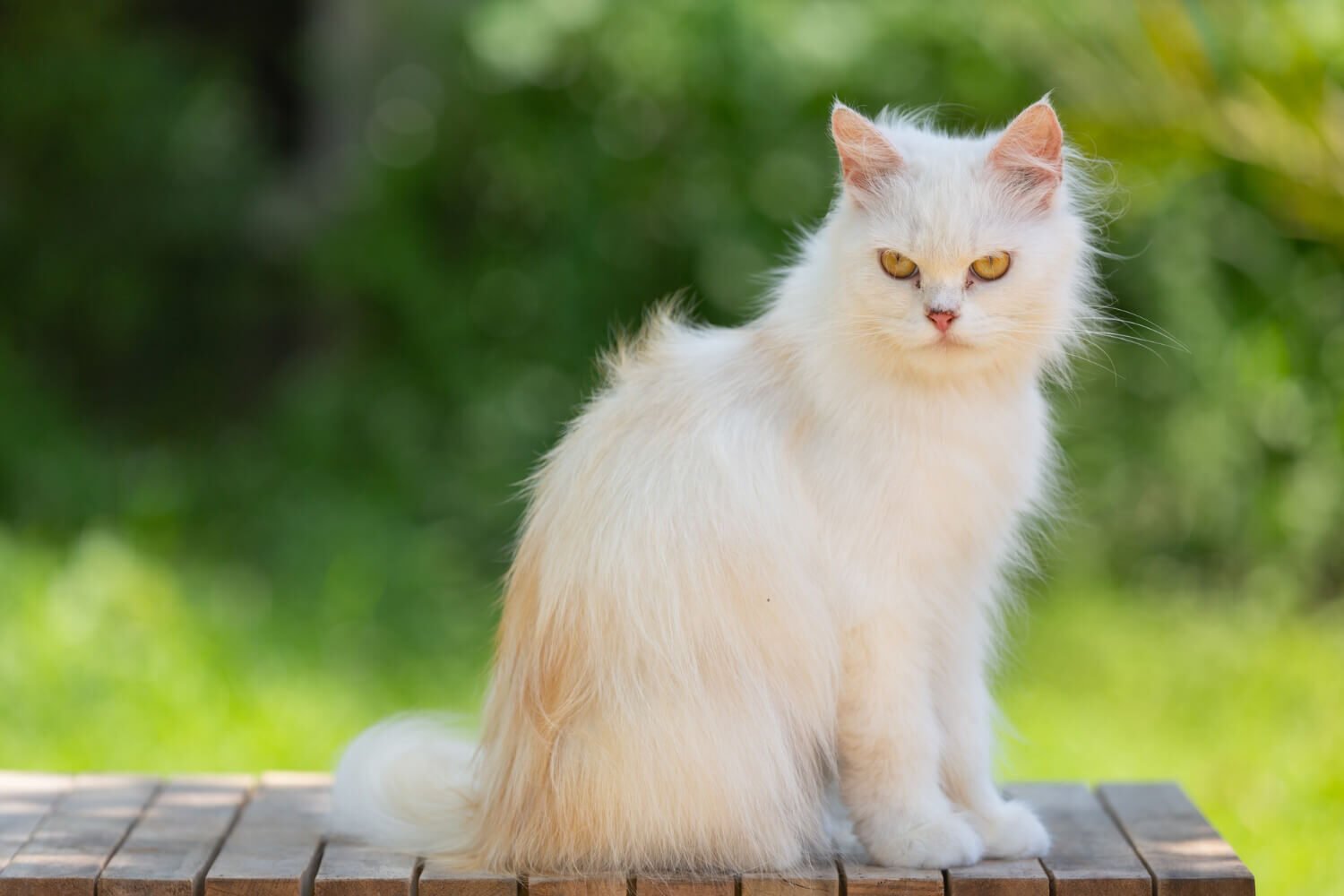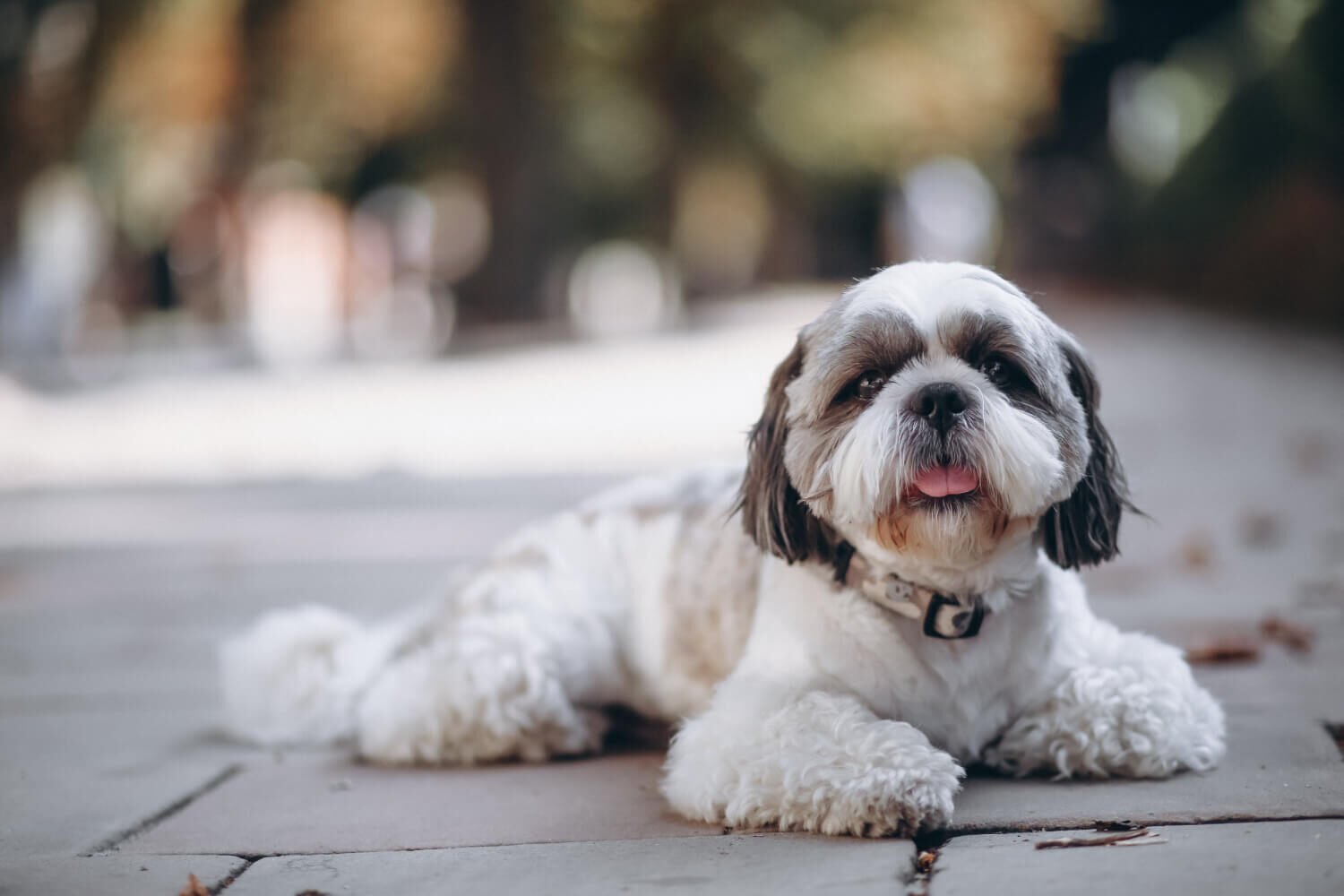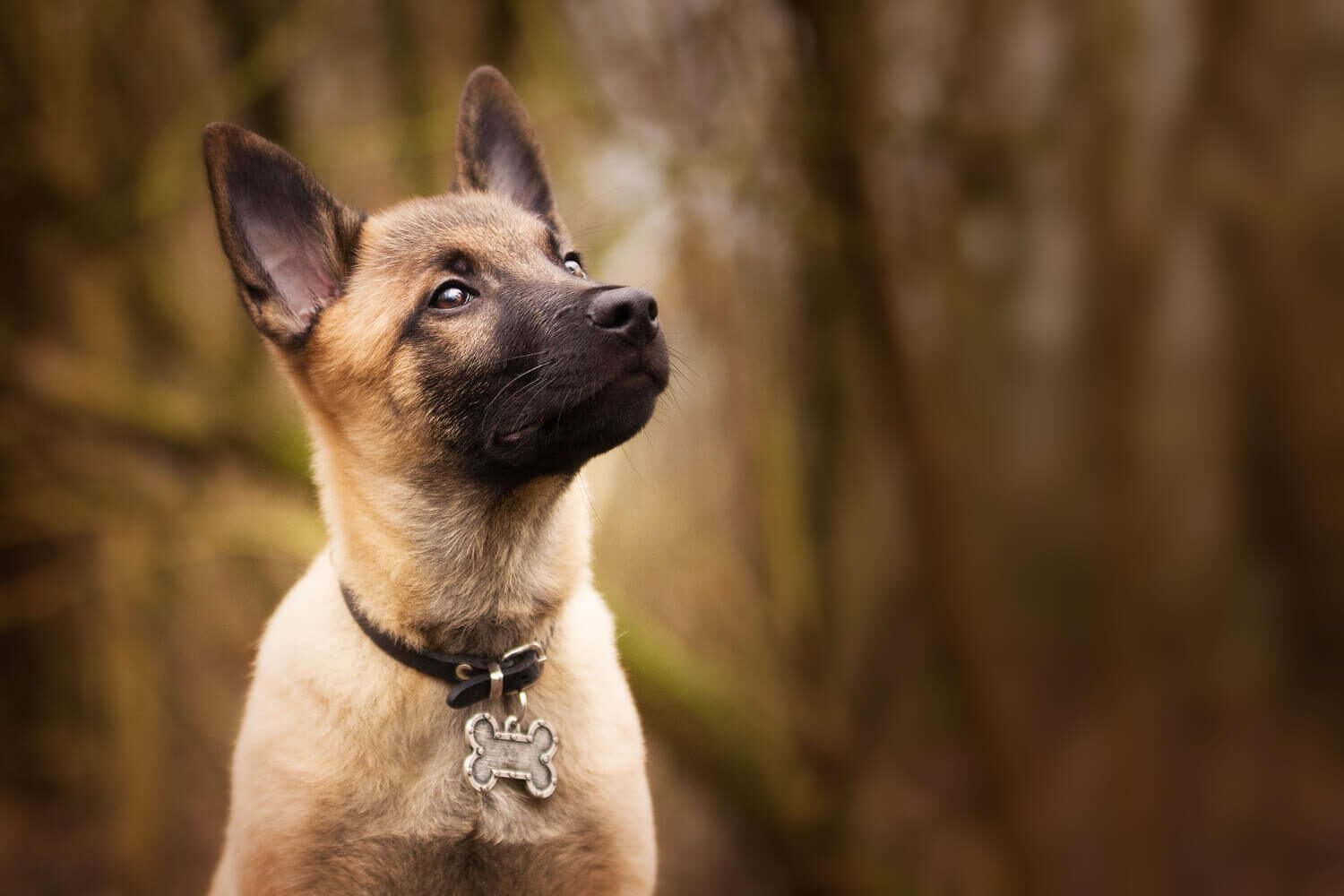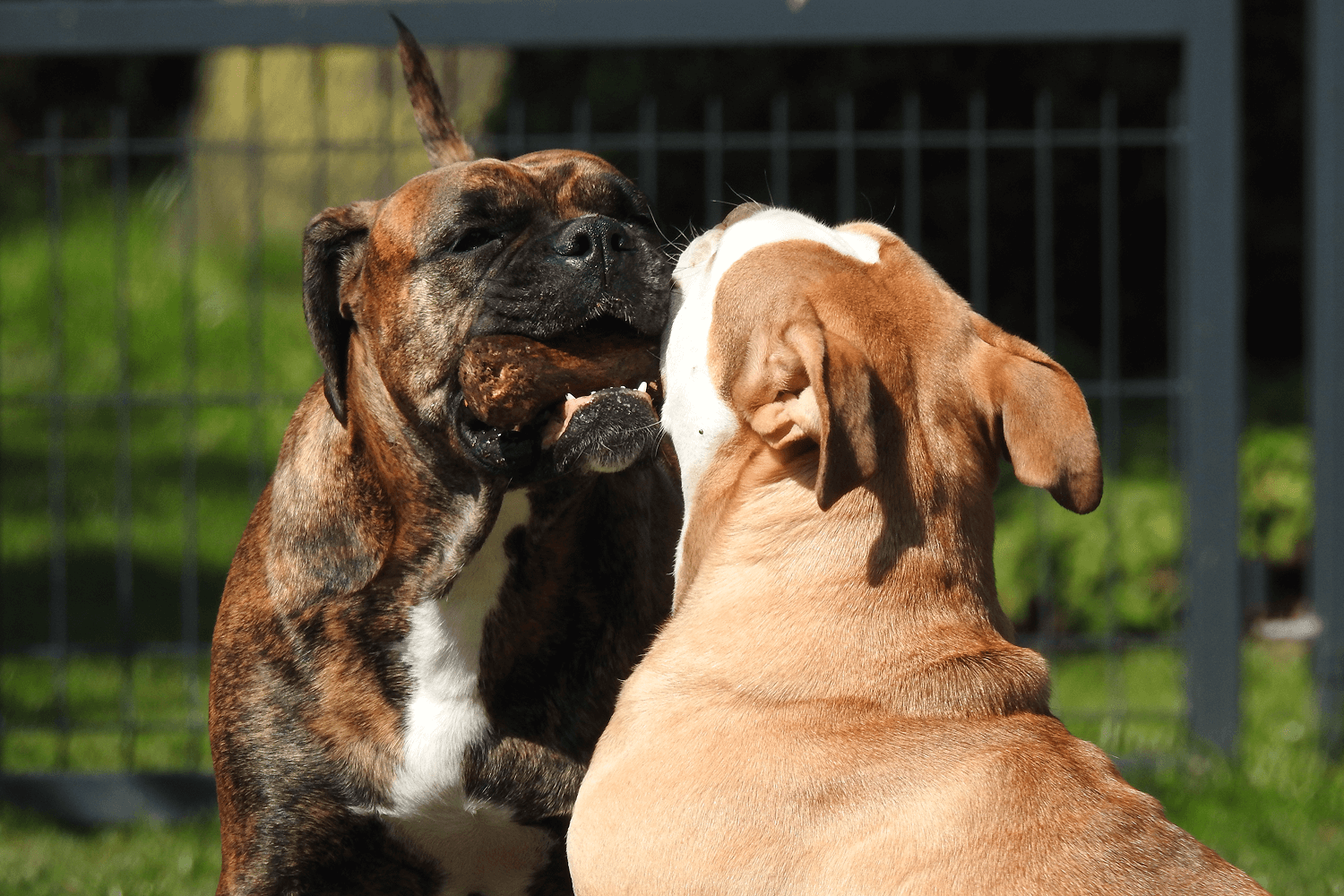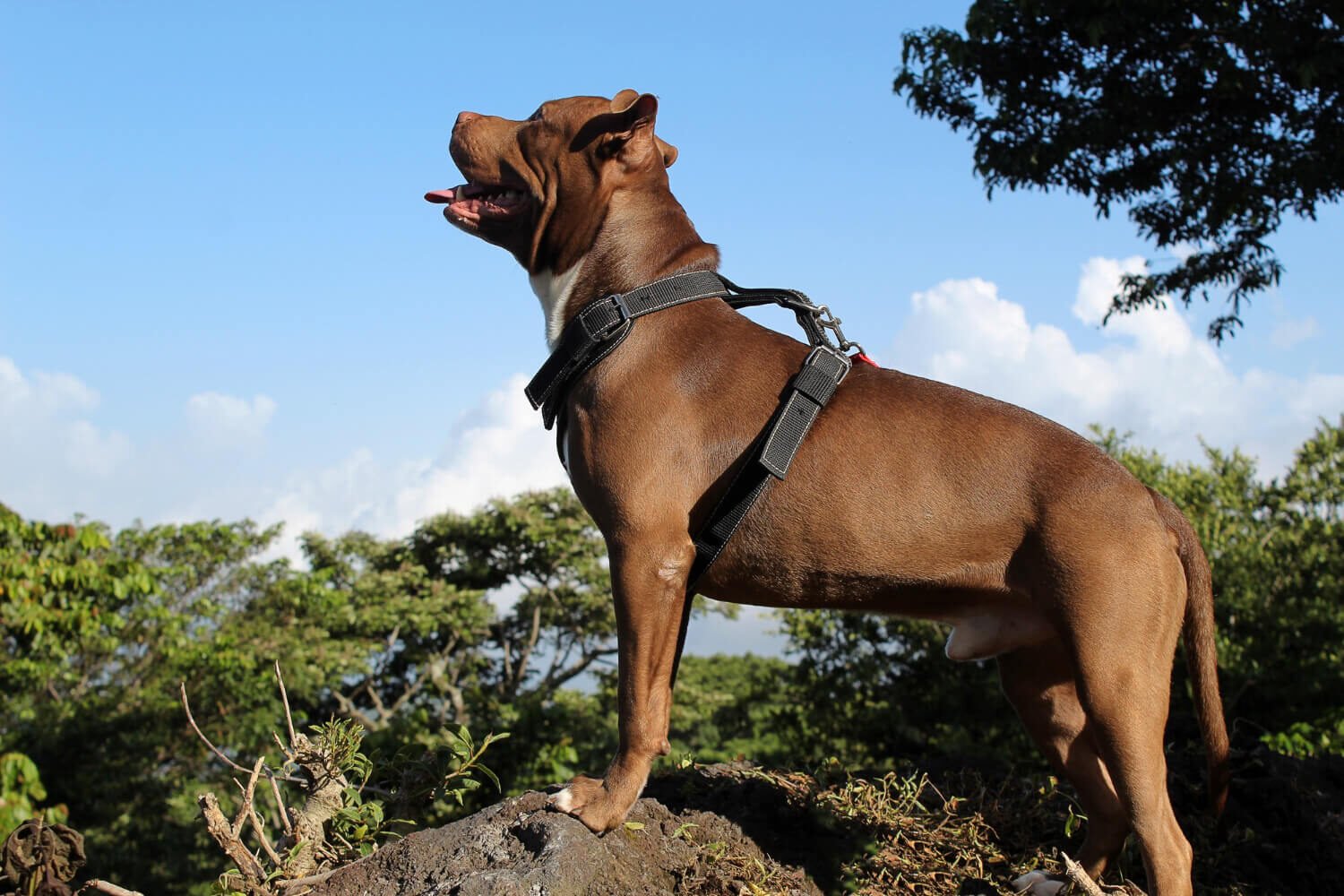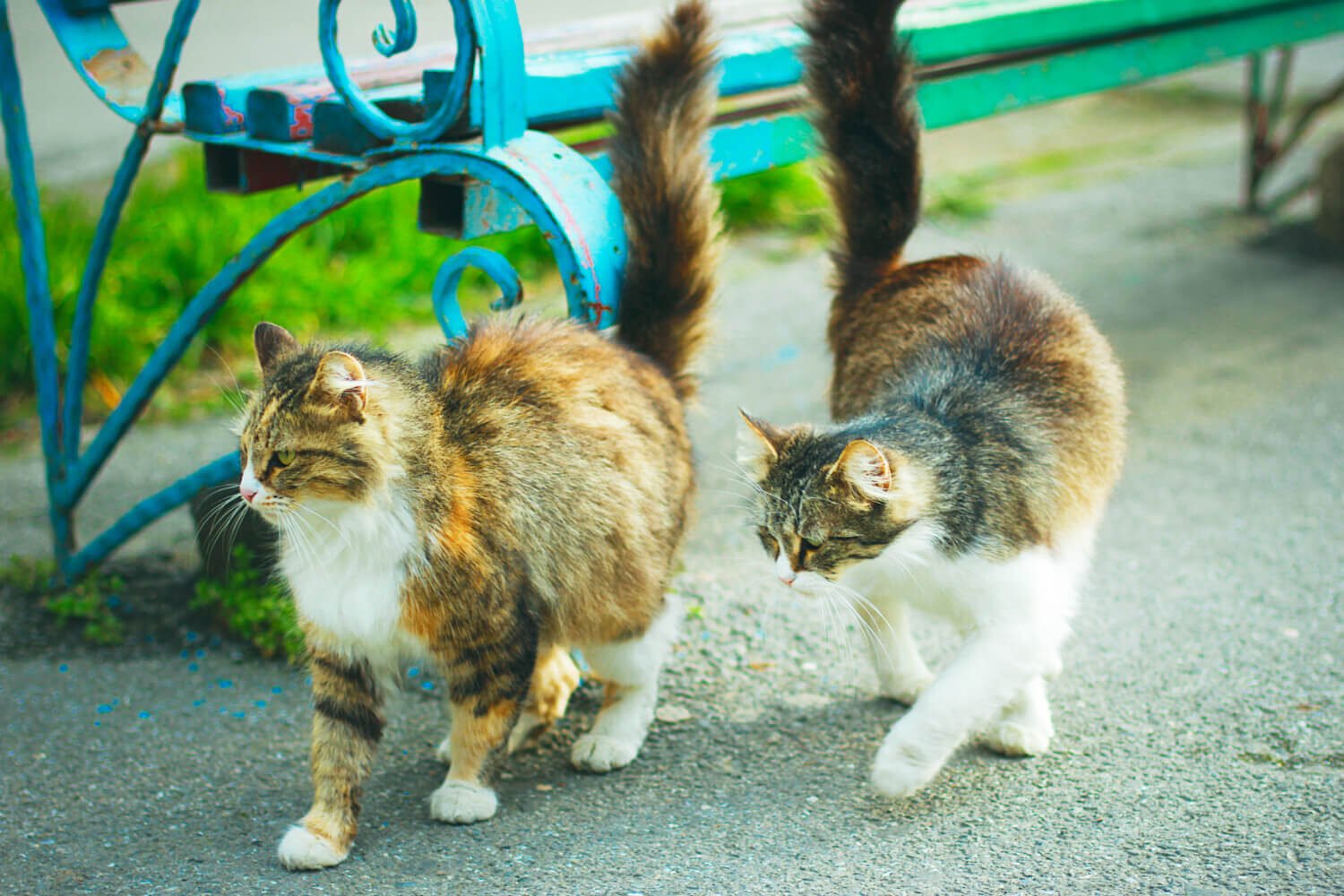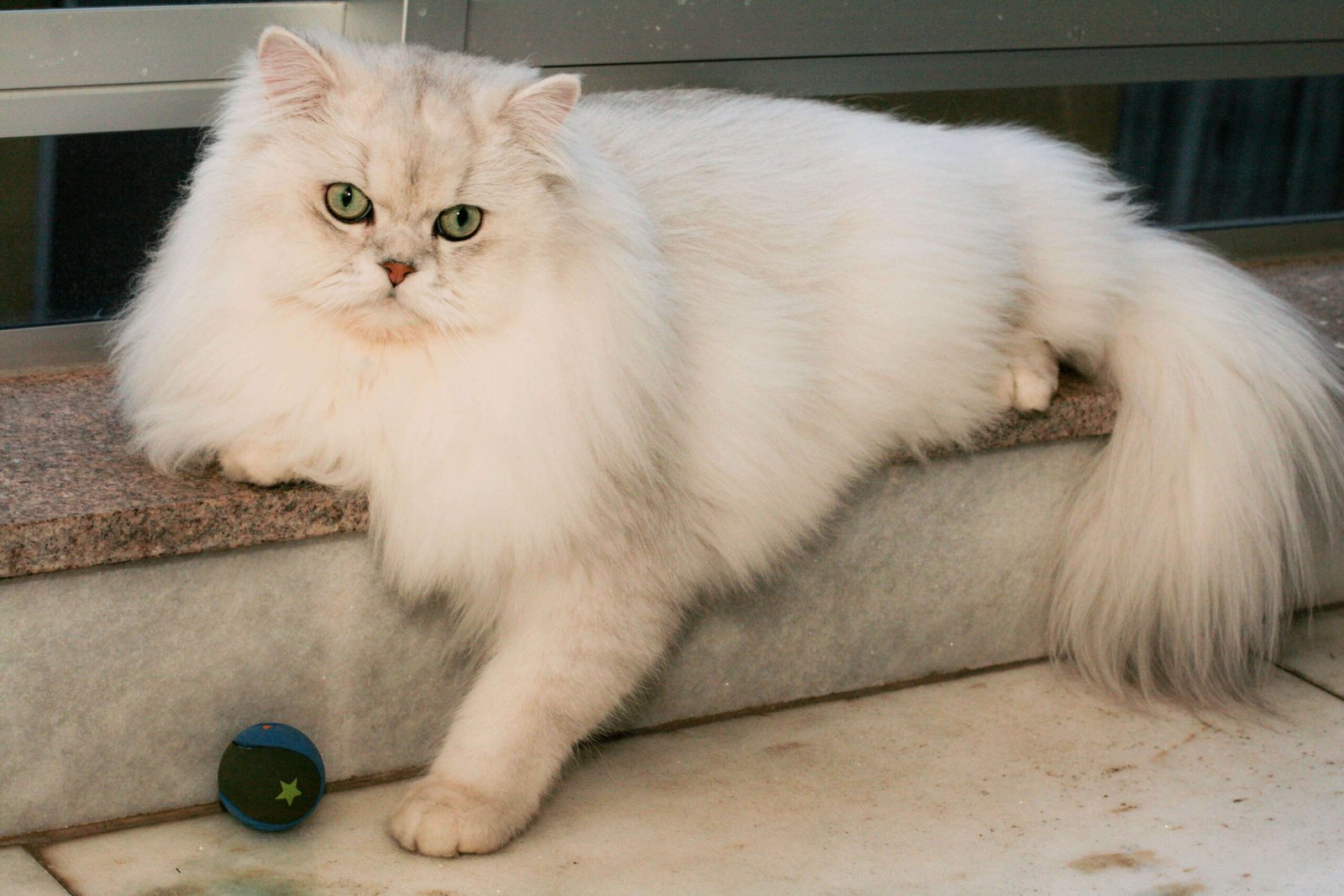Are Dobermans Good with Kids? A Parent’s Guide to the Breed
Dobermans often carry a reputation for being fierce and intimidating, but behind their sharp appearance lies a loyal and intelligent companion. For parents taking everything in mind producing a Doberman into an offspring scene, especially an individual accompanying young toddlers, understanding the breed’s personality and practice around kids is essential.
While Dobermans were initially developed for guardianship and active acts, they’re also popular for making deep bonds accompanying their kin. With the right preparation and environment, these dogs may be two together securing guardians and affectionate playmates.
Understanding the Doberman Breed
Before deciding if a Doberman is the right fit for a household with children, it’s important to understand what this breed is truly like. Known for their loyalty and wit, Dobermans are not only forceful and alert — they’re again excitedly receptive to their owners, who can form ruling class wonderful offspring companions.
Despite their weighty characteristics, many Dobermans are loving, fun-loving, and helpful. However, due to their securing ideas and strength levels, they do demand knowledgeable handling, early preparation, and well-organized surroundings to blossom around kids.
Key Traits of Doberman:
- Loyal and Protective: Dobermans are deeply bonded to their families and often act as natural protectors.
- Highly Intelligent: Ranked among the smartest dog breeds, they learn commands and routines quickly.
- Energetic and Active: They require regular physical and mental stimulation to stay balanced.
- Sensitive and Alert: Dobermans are highly attuned to their environment and the emotions of their owners.
- Affectionate with Family: Despite their tough look, they enjoy cuddles and close companionship with those they trust.
Why Dobermans Are Often Misunderstood?
- Guard Dog Stereotypes: Their use in police and military roles often paints them as aggressive or unapproachable.
- Media Portrayal: Films and news stories sometimes highlight negative incidents, reinforcing fear-based images.
- Intimidating Appearance: Their sleek, muscular build and alert expression can make them seem more dangerous than they are.
- Protective Behavior Misread: Their instinct to protect can be mistaken for hostility when it’s actually loyalty.
Temperament of Dobermans Around Children
When properly trained and socialized, Dobermans can be wonderful companions for children. They are known to be affectionate, loyal, and even gentle with the little ones in their pack. Their strong protective instincts often extend naturally to the children in the household, making them attentive and watchful guardians.
However, like any breed, how a Doberman behaves around kids depends largely on upbringing, training, and the child’s behavior as well. A well-socialized Doberman who understands boundaries and is introduced to children early is far more likely to develop a calm and loving relationship with them.
It’s also worth noting that Dobermans are energetic and sometimes overly enthusiastic, especially when young. This can lead to accidental bumps or rough play, so supervised interactions and respectful handling by children are key to a safe, happy environment.
Related Blog: Doberman vs Rottweiler: Who Makes a Better Guard Dog?
Factors That Influence a Doberman’s Behavior with Kids
The way a Doberman interacts with children can vary based on several important factors. While this breed can be affectionate and gentle, their behavior around kids can be influenced by their upbringing, training, and the environment in which they are raised.
Understanding these key factors can help ensure a positive relationship between your Doberman and children, allowing for a safe and enjoyable experience for everyone.
1. Early Socialization:
Dobermans that are exposed to children, different people, and other pets at a young age tend to have better interactions with kids.
2. Training and Boundaries:
Consistent training, especially with commands like “sit,” “stay,” and “gentle,” helps control their energy and teaches them how to behave appropriately around children.
3. Energy Levels and Age:
A young, high-energy Doberman may be more excitable, potentially leading to rough play or unintentional knocks. Adult or older Dobermans with calmer temperaments are more likely to be gentle with kids.
4. Temperament of the Dog:
Not all Dobermans have the same temperament. Some might naturally be more reserved, while others are more playful and affectionate.
5. Child’s Behavior:
How children interact with the dog is also crucial. Kids who understand how to approach and respect the dog’s space will foster a more positive relationship.
6. Health and Well-Being:
A healthy Doberman is more likely to be patient and calm around children, while pain or discomfort can make them more irritable and less tolerant.
7. Family Environment:
A stable, structured household where the dog knows its role is key. Dogs thrive in environments with clear rules and routines, which can also help them adjust to the dynamics of having children in the home.
Benefits of Having a Doberman in a Family with Kids
Having a Doberman in a family with kids can bring numerous benefits, especially when the dog is properly trained and socialized from a young age. Known for their loyalty and protective instincts, Dobermans often form strong bonds with children and can become lifelong companions.
When raised in a loving environment, a Doberman can offer not only protection but also affection and joy, making them excellent family pets for those who are prepared for the responsibility.
- Natural Protectors: Dobermans are instinctively protective of their family, offering an extra layer of security for kids, especially in potentially dangerous situations.
- Loyal Companions: They form deep bonds with their family members, including children, and are known for their unwavering loyalty.
- Encourage Active Play: With their high energy levels, Dobermans are great for encouraging kids to stay active, engaging in outdoor play and exercise.
- Build Responsibility in Kids: Having a Doberman helps teach children responsibility, as they learn the importance of feeding, walking, and caring for their pet.
- Emotional Support: Dobermans are sensitive to their owner’s emotions and can provide comfort, offering companionship and emotional support during tough times.
- Strong Bond with Children: When socialized properly, Dobermans tend to bond closely with kids, often being gentle and affectionate despite their energetic nature.
- Promote Confidence and Leadership: The need for consistent training and setting boundaries with a Doberman helps children develop confidence, leadership, and respect for animals.
How to Introduce a Doberman to Children?
Introducing a Doberman to children requires careful planning and consideration to ensure both the dog and the kids feel comfortable and safe. The introduction process plays a crucial role in establishing positive interactions and avoiding any potential issues in the future. With the right approach, a Doberman can become a loving and loyal companion for your children.
Following a few key steps will help foster a harmonious relationship between your Doberman and kids, allowing them to build a bond based on trust and respect.
Step 1: Prepare Your Dog
Before introducing your Doberman to your children, make sure they are well-trained and know basic commands like “sit,” “stay,” and “no.” This will give you control over the situation and prevent any overwhelming behaviors. Familiarizing your dog with the sounds, smells, and movements associated with children can also help ease the transition.
Step 2: Introduce in a Calm Environment
Start the introduction in a calm, neutral space where the dog feels safe. Avoid places that might be too stimulating or chaotic, like the playground. Make sure the kids are also calm and understand how to behave around the dog, such as avoiding sudden movements or loud noises that might startle the Doberman.
Step 3: Supervised Interaction
The first meeting should always be supervised by an adult. Let the Doberman approach the children slowly and at their own pace, allowing the dog to sniff and observe. Keep the interactions short at first to avoid overwhelming the dog or the children. If the dog shows any signs of discomfort or aggression, calmly remove the dog from the situation and give them time to settle before trying again.
Step 4: Teach Kids How to Behave Around the Dog
It’s important to teach children how to interact respectfully with the dog. Encourage gentle petting, avoiding pulling on the ears, tail, or fur. Teach them to respect the dog’s space and avoid disturbing the dog when it’s eating, sleeping, or resting in its bed.
Step 5: Gradual Increase in Interaction
As the Doberman gets comfortable around your children, allow for longer, more frequent interactions. Continue to supervise these sessions to ensure positive and safe exchanges. You can gradually introduce more activities like playtime and walking together, ensuring the dog remains calm and well-behaved.
Step 6: Reinforce Positive Behavior
Reward both the dog and the children for positive interactions. Praise your Doberman for being calm and friendly around the kids, and encourage your children when they exhibit respectful behavior towards the dog. This positive reinforcement helps solidify the bond and ensures that good behavior is maintained.
By following these steps, you can help ensure a smooth and successful introduction that lays the foundation for a lasting, loving relationship between your Doberman and your children.
Related Blog: How to Pet a Dog: A Step-by-Step Guide for New Dog Owners
FAQs About Are Dobermans Good with Kids
When considering a Doberman as a family pet, particularly with young children, it’s natural to have some questions about their behavior and suitability. Below are answers to some common FAQs that can help guide your decision.
Q1. Can Dobermans be trusted around toddlers?
Yes, Dobermans can be trusted around toddlers if they are properly trained and socialized. However, because of their high energy levels, it’s important to supervise interactions and teach both the dog and the child proper boundaries to ensure safety for everyone.
Q2. Are male or female Dobermans better with children?
Both male and female Dobermans can be great with children, but their behavior may differ slightly. Male Dobermans tend to be more playful and active, while females may be a bit more reserved and nurturing. Ultimately, temperament is more influenced by individual personality than gender.
Q3. What’s the best age to bring a Doberman puppy into a home with kids?
The ideal age to bring a Doberman puppy into a home with kids is around 8 to 10 weeks old. At this age, the puppy is still in its socialization period and can be introduced to the household dynamics, including the presence of children, while their behavior is still forming.
Q4. How old should a child be to safely interact with a Doberman?
Children around 6 years old and older are generally better able to interact safely with a Doberman. At this age, kids typically understand the importance of being gentle with animals and respecting their space. Younger children should always be supervised closely when interacting with the dog.
Q5. How to train a Doberman to behave gently around kids?
Training a Doberman to behave gently around kids involves consistent, positive reinforcement. Teach the dog commands such as “gentle” and “stay,” and reward calm, controlled behavior. Socialize the dog early with children to help them learn how to interact appropriately and avoid rough play.
Conclusion
In conclusion, Dobermans can make wonderful family pets and are often affectionate, loyal, and protective of their loved ones, including children. With proper training, socialization, and supervision, they can thrive in homes with kids, providing both companionship and security.
While their energy and protective instincts require careful management, their intelligence and desire to please make them capable of becoming gentle and well-behaved around children. If you’re ready to invest time in their training and care, a Doberman can become an incredible addition to your family.
When raised in a structured and loving environment, a Doberman can be a wonderful and dependable companion for children, offering both protection and affection. As with any breed, understanding their needs and behavior is key to fostering a safe and positive relationship.




